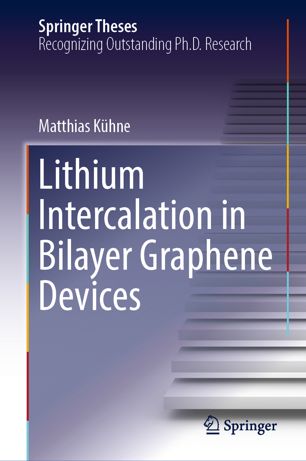

Most ebook files are in PDF format, so you can easily read them using various software such as Foxit Reader or directly on the Google Chrome browser.
Some ebook files are released by publishers in other formats such as .awz, .mobi, .epub, .fb2, etc. You may need to install specific software to read these formats on mobile/PC, such as Calibre.
Please read the tutorial at this link: https://ebookbell.com/faq
We offer FREE conversion to the popular formats you request; however, this may take some time. Therefore, right after payment, please email us, and we will try to provide the service as quickly as possible.
For some exceptional file formats or broken links (if any), please refrain from opening any disputes. Instead, email us first, and we will try to assist within a maximum of 6 hours.
EbookBell Team

4.7
56 reviewsThis book reports on the successful implementation of an innovative, miniaturized galvanic cell that offers unprecedented control over and access to ionic transport. It represents a milestone in fundamental studies on the diffusive transport of lithium ions between two atomically thin layers of carbon (graphene), a highly relevant aspect in electrodes for energy and mass storage in the context of batteries. Further, it is a beautiful example of how interdisciplinary work that combines expertise from two very distinct fields can significantly advance science. Machinery and tools common in the study of low-dimensional systems in condensed matter physics are combined with methods routinely employed in electrochemistry to enable truly unique and powerful experiments.
The method developed here can easily be generalized and extended to other layered materials as well as other ionic species. Not only the method but also the outcome of its application to Li diffusion and intercalation in bilayer graphene is remarkable. A record chemical diffusion coefficient is demonstrated, exceeding even the diffusion of sodium chloride in water and surpassing any reported value of ion diffusion in single-phase mixed conducting materials. This finding may be indicative of the exceptional properties yet to be discovered in nanoscale derivatives of bulk insertion compounds.